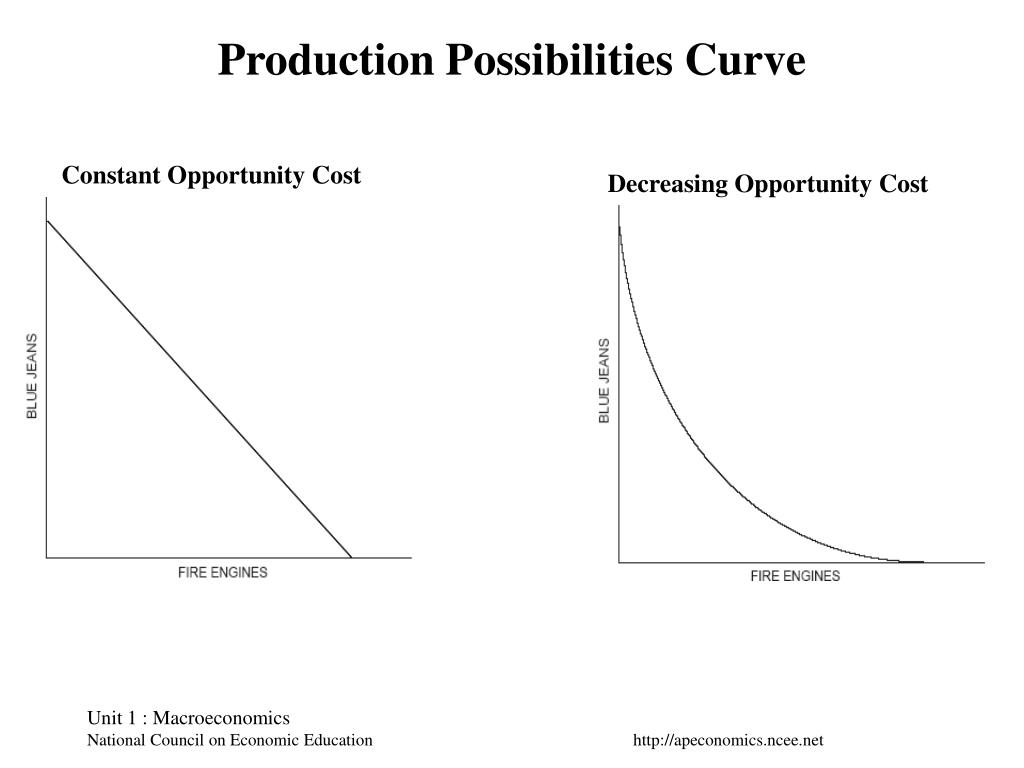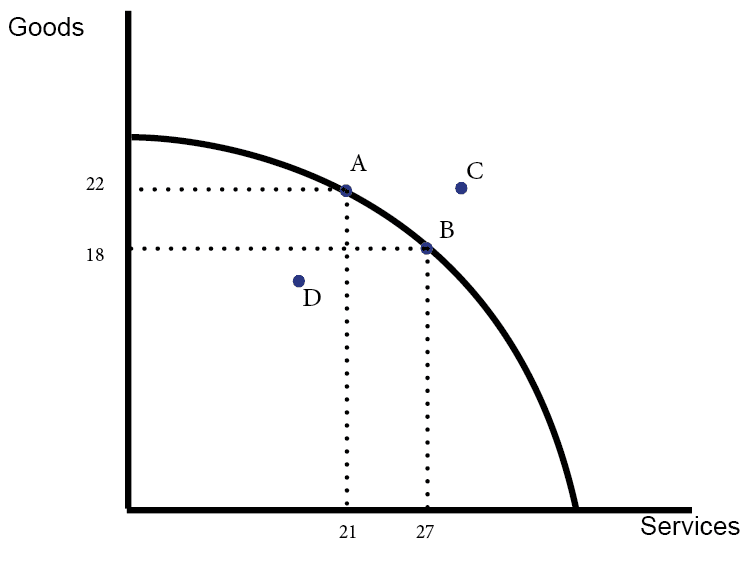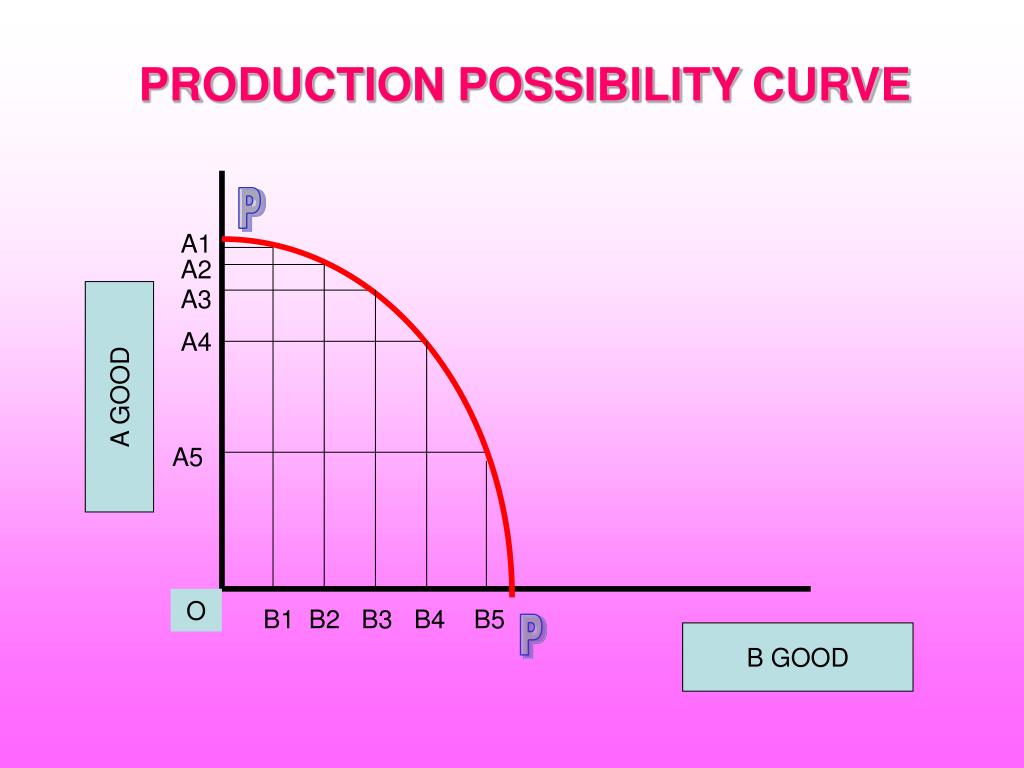

A production possibilities frontier shows the possible combinations of goods and services that a society can produce with its limited resources. We’re now ready to address the differences between society’s PPF and an individual’s budget constraint.Ī budget constraint shows the different combinations of goods and services a consumer can purchase with their fixed budget. Take another look at the production possibilities frontier in this video about the imaginary “Econ Isle.”ĭifferences between a Budget Constraint and a PPF Society can choose any combination of the two goods on or inside the PPF, but it doesn’t have enough resources to produce outside the PPF. Just as with Charlie’s budget constraint, the opportunity cost is shown by the slope of the production possibilities frontier. What would be the opportunity cost for the additional education? The opportunity cost would be the health care that society has to give up.ĭo you remember Charlie choosing combinations of burgers and bus tickets within his budget constraint? In effect, the production possibilities frontier plays the same role for society as the budget constraint plays for Charlie. Suppose it considers moving from point B to point C.


Because the PPF is downward sloping from left to right, the only way society can obtain more education is by giving up some health care.

Suppose society has chosen to operate at point B, and it’s considering producing more education. Most importantly, the production possibilities frontier clearly shows the tradeoff between healthcare and education. However, it does not have enough resources to produce outside the PPF. Society can choose any combination of the two goods on or inside the PPF. In effect, the production possibilities frontier plays the same role for society as the budget constraint plays for an individual consumer. Alternatively, the society could choose to produce any combination of health care and education shown on the production possibilities frontier. Similarly, the society could allocate all of its resources to producing education, and none to producing healthcare, as shown at point F. This choice is shown in Figure 1 at point A. That is certainly one possible way of allocating a society’s resources, but it would mean there would be no resources left for education. Suppose a society allocated all of its resources to producing health care. We would say one teacher could “produce” 25 students worth of education using the education processes available. If society has a total of 10 teachers, education can be provided to a maximum of 250 students. For example, suppose one teacher can teach 25 students in school. Health care is shown on the vertical (or y) axis, and education is shown on the horizontal (or x) axis. Where does the PPF come from? It comes from the production processes for producing the two goods, and the limited amounts of resources available to use for that purpose. A production possibilities frontier showing health care and education. This situation is illustrated by the production possibilities frontier in Figure 1.įigure 1. Suppose a society desires two products: health care and education. In other words, the products are limited because the resources are limited. Because at any given moment, society has limited resources, it follows that there’s a limit to the quantities of goods and services it can produce. labor, land, capital, raw materials, etc.). While individuals face budget and time constraints, societies face the constraint of limited resources (e.g. There are more similarities than differences, so for now focus on the similarities. Economists use a model called the production possibilities frontier (PPF) to explain the constraints society faces in deciding what to produce.Īs you read this section, you will see parallels between individual choice and societal choice. Just as individuals cannot have everything they want and must instead make choices, society as a whole cannot have everything it might want, either.


 0 kommentar(er)
0 kommentar(er)
